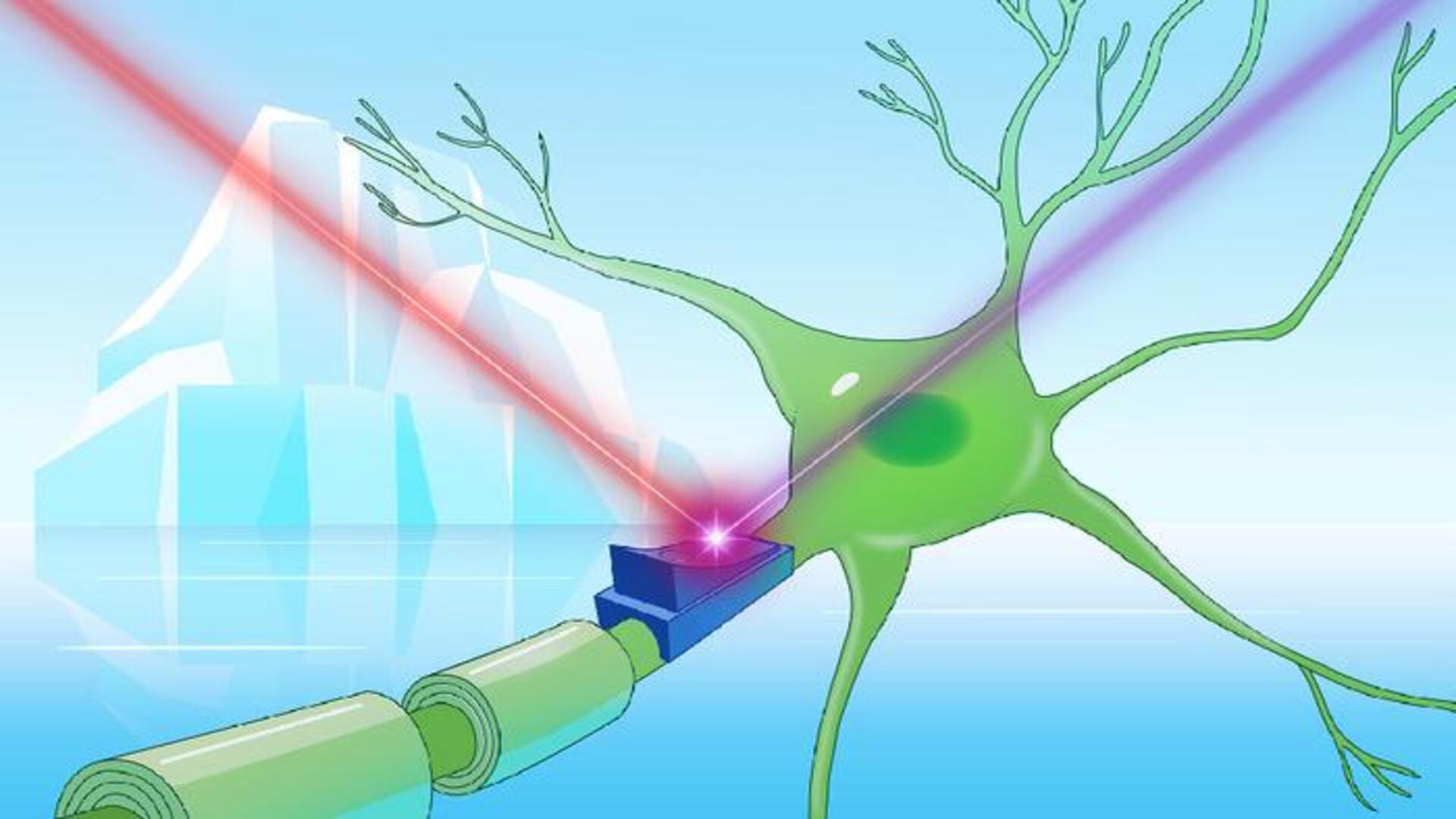Researchers have discovered a class of light-sensitive proteins found exclusively in microbes adapted to cold environments, which they believe hold the potential to revolutionize cellular engineering.
The rare, obscure group of blue proteins known as cryorhodopsins was reportedly unlike anything researchers at the European Molecular Biology Laboratory (EMBL) had seen before.
Kirill Kovalev, PhD, a structural biologist at EMBL Hamburg’s Schneider Group and EMBL-EBI’s Bateman Group, who had spent years studying rhodopsins – light-sensitive pigments that convert light into electrical signals – believes cryorhodopsins could serve as prototypes for molecular on-off switches in cells.
“In my work, I search for unusual rhodopsins and try to understand what they do, Kovalev said, adding that he thought he knew rhodopsins inside out before the discovery. “Such molecules could have undiscovered functions that we could benefit from.”
Completely out of the blue
Kovalev was discovered by chance while browsing online protein databases. He was stunned when he spotted an unusual feature shared by microbial rhodopsins found only in extremely cold environments, such as glaciers and high mountain regions.
Reflecting on the fact that rhodopsins are typically found in seas and lakes, he was struck by how these cold-climate variants were almost identical, despite having evolved thousands of miles apart. Considering how crucial they seemed to survive in the cold, he doubted it was a coincidence and named them ‘cryorhodopsins’.
Credit: Qian-Yuan Tang
Since color is a defining feature of rhodopsins, most of which are pink-orange and activated by green and blue light, Kovalev was eager to examine the newly discovered variants.
To his surprise, the cryorhodopsins revealed a striking range of colors, including the highly sought-after blue type, which is activated by red light that penetrates tissue more deeply and non-invasively.
By applying advanced structural biology techniques, Kovalev discovered that the secret to their blue color is the same rare structural feature he originally spotted in the protein databases. “Now that we understand what makes them blue, we can design synthetic blue rhodopsins tailored to different applications.”
Nature’s built-in UV shield
The team then tested cryorhodopsins in cultured brain cells and found that exposure to UV light induced electric currents within the cells. When they illuminated the cells with green light, their excitability increased. Meanwhile, exposure to UV or red light reduced their excitability.
“New optogenetic tools to efficiently switch the cell’s electric activity both ‘on’ and ‘off’ would be incredibly useful in research, biotechnology, and medicine,” Tobias Moser, PhD, a group leader at the University Medical Center Göttingen, said.
Despite their potential, Kovalev stated that cryorhodopsins aren’t ready to be used as tools. But he emphasized that they’re an excellent prototype. “They have all the key features that, based on our findings, could be engineered to become more effective for optogenetics,” he noted.
By using advanced spectroscopy, the team then discovered that cryorhodopsins not only detect UV light but also respond more slowly to light than any other known rhodopsins. This suggested they may help microbes sense and respond to harmful UV radiation, a rare trait among related proteins.
Kovalev also noticed that the cryorhodopsin gene consistently appears alongside a gene for a tiny, unknown protein, hinting at a possible functional link. Using the AI tool AlphaFold, the team predicted that five copies of a small protein form a ring and interact with cryorhodopsin inside the cell.
They believe that when cryorhodopsin senses UV light, the small protein detaches to relay the signal deeper into the cell. “It was fascinating to uncover a new mechanism via which the light-sensitive signal from cryorhodopsins could be passed on to other parts of the cell.”
Cracking the code
To study cryorhodopsins in such detail, the team used a 4D structural biology approach, combining X-ray crystallography, cryo-electron microscopy, and light activation techniques. And since cryorhodopsins are extremely light-sensitive, the researchers had to adapt by handling the samples in near-total darkness to avoid triggering unwanted reactions.
“We suspect that cryorhodopsins evolved their unique features not because of the cold, but rather to let microbes sense UV light, which can be harmful to them,” Kovalev highlighted.
He explained that the small proteins consistently spotted near the cryorhodopsin gene are also found in organisms lacking cryorhodopsins, hinting they may have broader roles beyond UV sensing. However, their unique dual function and why they evolved only in cold environments remain a mystery.
“In cold environments, such as the top of a mountain, bacteria face intense UV radiation,” Kovalev concluded in a press release. He believes cryorhodopsins might help microbes detect UV radiation, allowing them to activate protective responses.
The study has been published in the journal Science Advances.
